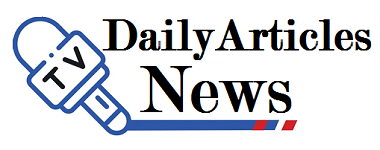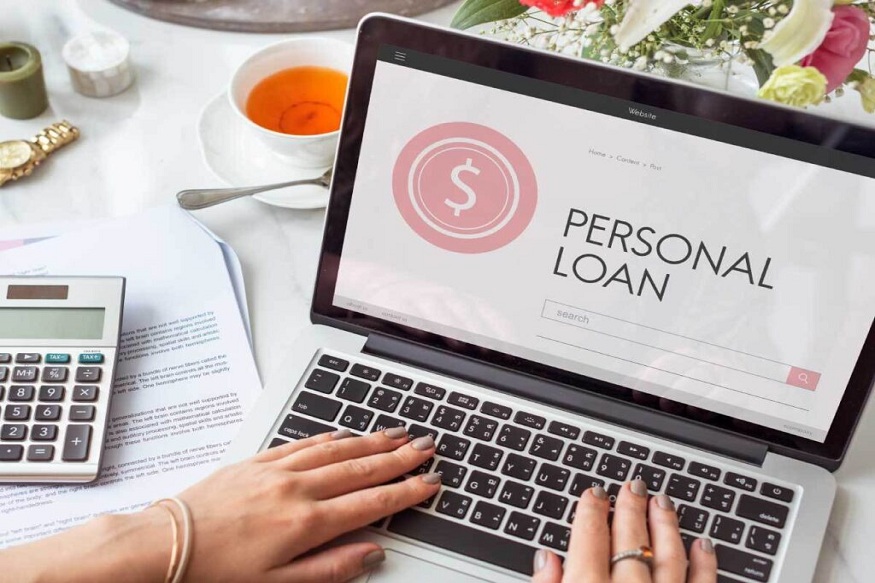Table of Contents
Understanding the Basics
A personal line of credit is a revolving form of credit that allows you to borrow money as needed, up to a fixed limit. Unlike a traditional loan, you don’t receive a lump sum upfront. Instead, you draw funds when necessary and only pay interest on the amount you use. Once repaid, the funds become available again, similar to a credit card but often with lower interest rates and more flexible terms.
This makes personal lines of credit especially useful for individuals with variable income or intermittent large expenses—freelancers, small business owners, or families managing seasonal costs. It’s also a solid option for those who want borrowing power without the commitment of a full loan.
How It Differs from Other Credit Options
Compared to credit cards, personal lines of credit typically offer lower interest rates and higher borrowing limits. Unlike home equity lines of credit (HELOCs), which are tied to the value of your home, a personal line of credit is usually unsecured. That means no collateral is required, making the process faster and less risky in terms of asset loss.
Approval depends on your credit score, income, and debt-to-income ratio. Borrowers with strong credit histories are more likely to qualify for favorable rates and higher limits.
When a Personal Line of Credit Makes Sense
There are many practical scenarios where a personal line of credit is a smart financial move:
- Covering large but non-urgent expenses like home repairs or medical bills
- Managing cash flow during irregular income periods
- Consolidating high-interest debt
- Funding educational costs on a per-semester basis
- Bridging short-term financial gaps without draining savings
Since you’re not charged interest until you draw from the line, it’s an excellent standby option that adds flexibility to your financial planning.
Use in Texas and Regional Considerations
A personal line of credit in Texas can be especially helpful given the state’s unique economic and environmental factors. With growing housing markets in cities like Austin and Dallas, rising property taxes, and an increased risk of weather-related emergencies, Texans often face irregular or unexpected costs.
Having access to revolving credit allows residents to manage one-time expenses—like home repairs, temporary relocations, or insurance deductibles—without dipping into emergency funds or resorting to high-interest debt.
Digital Access and Streamlined Applications
Many banks and credit unions now offer digital applications for personal lines of credit. Online and mobile platforms make it easy to apply, monitor balances, make payments, and request draws—all without visiting a branch. Some financial institutions even offer pre-qualification with no impact on your credit score, giving borrowers more confidence before applying.
Approval can take anywhere from a few hours to a few days, depending on the lender. Funds are typically transferred directly to a linked checking account or made available via debit access.
Terms and Fees to Watch
While a personal line of credit can be a valuable tool, it’s important to understand the terms involved:
- Variable Interest Rates: Most personal lines come with variable rates, which means your interest can increase over time. Look for lenders who cap rate increases or offer rate-lock features.
- Draw Periods: Some lines of credit have specific draw periods during which you can access funds, followed by repayment-only periods.
- Maintenance and Inactivity Fees: Some lenders charge annual or monthly fees, even if you don’t use the credit. Be sure to check for hidden costs.
- Minimum Draw Requirements: You may be required to borrow a minimum amount each time you access the funds.
Before opening an account, compare terms across multiple banks and credit unions, including community lenders who may offer more competitive rates or personalized service.
Avoiding Common Pitfalls
Access to credit is a double-edged sword. The ease of drawing funds can lead to overspending if not managed carefully. Experts recommend using personal lines of credit for planned, purposeful expenses—not for lifestyle upgrades or impulse purchases.
Here are some smart usage tips:
- Track usage and repayment regularly
- Set up auto-payments to avoid missed due dates
- Avoid using the full credit limit unless absolutely necessary
- Resist the temptation to use the line for non-essential spending
When used wisely, it can be a powerful tool. When misused, it can become just another source of debt.
Who Should Consider It?
A personal line of credit is most suitable for:
- Individuals with good to excellent credit
- People with fluctuating income or seasonal expenses
- Borrowers looking to consolidate debt without locking in a large loan
- Homeowners or renters who want flexible options without tying credit to property
- Parents managing tuition payments or major family expenses
It’s not ideal for those with poor credit, those looking for a fixed loan amount, or individuals who may be tempted to spend freely once a credit line is available.
Final Thoughts
The financial flexibility offered by a personal line of credit is often overlooked in favor of more aggressive lending tools. But for those seeking control, convenience, and peace of mind, it’s one of the most adaptable forms of borrowing available today.
Whether you’re managing emergency repairs, covering medical expenses, or simply preparing for the unexpected, having access to a personal line of credit can give you room to breathe. In places like Texas, where financial demands can change with the season or the weather, this quiet borrowing tool can make a significant difference.
Used wisely, a personal line of credit offers not just access to funds—but access to financial confidence.

